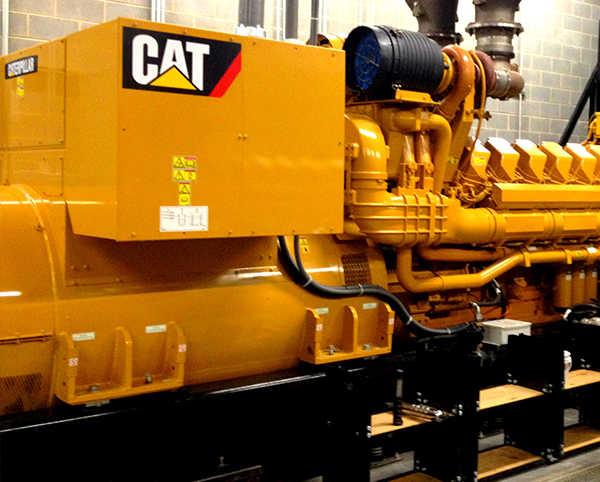Regardless of your industry, your business probably relies on electricity to operate essential equipment, machinery, and systems. Installing a reliable backup generator ensures you can keep things moving and minimize unproductive downtime when a power outage occurs.
Generator technology has come a long way — but the implementation of a power generation system is a complex undertaking. Choosing the right generator type for your needs is important, but it’s only the beginning of the process. It’s also imperative to select the ideal location for the unit and execute a safe installation.
Jump to Sections:
- Where to Install the Generator
- Generator Installation Preparation Tips
- Where to Get Help With Power Generator Installation Prep
Where to Install the Generator
Once you’ve selected a generator that meets your power requirements and practical needs, you’ll need to decide where to place it. An indoor installation protects the unit from the weather, but it can consume valuable floor space. If you put it near an office area, the noise could distract your workers. Diesel and gas models also emit exhaust fumes that could pose a health hazard without adequate airflow and ventilation.
Placing the generator outdoors alleviates many of these issues, but it does expose the unit to the elements. You’ll likely have to purchase an enclosure to protect it, which creates an additional cost. You’ll also need to address the environmental, accessibility, and security issues that are more prevalent with outdoor installations.
Generator Installation Preparation Tips
Upon determining where to install the generator, you’ll need to prepare the site. Depending on the size, type and location of the unit, the steps can include:
- Contacting local authorities: Every municipality has a set of regulations regarding the installation of industrial equipment. Find out what the rules are in your area. You’ll probably need to obtain permits, which can be a time-consuming process.
- Outside enclosure: If you’re planning on having your generator outdoors, you’ll need a weather enclosure possibly with sound dampening to reduce the noise level. A concrete pad will also be necessary to support the generator assembly. The structure should be secure to prevent public access.
- Fuel system: Generators can run on various types of fuel with diesel, natural gas, and propane being the most popular. Diesel fuel storage can be in an above-ground tank or under the generator in a base tank. Propane can be stored on-site in a tank as well. Regardless of the source, you’ll need to install lines or pipes to the generator to ensure an adequate, uninterrupted fuel supply.
- Exhaust systems: Removing generator exhaust is important for both indoor and outdoor installations. Make sure you have a safe, efficient system in place before the installation.
Where to Get Help With Power Generator Installation Prep
It’s imperative to complete all the necessary generator site preparation steps before the equipment arrives to ensure everything is ready to go and to prevent costly delays. While the manufacturer can likely provide some guidance, you should also work with a professional power generation services provider.
If you’re wondering where to install a generator, or looking to install an indoor or outdoor generator in North Carolina, the professionals at Carolina Cat Power Systems is ready to help. We have extensive experience working with all types of equipment from leading manufacturers. We can handle all the site prep details and conduct a fast, seamless installation.
Contact us to learn more about generator site preparation or to schedule a convenient appointment today.
